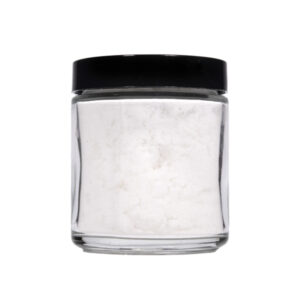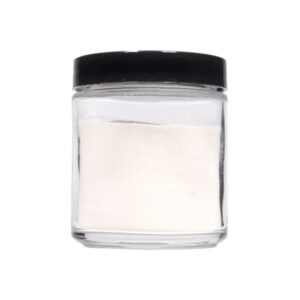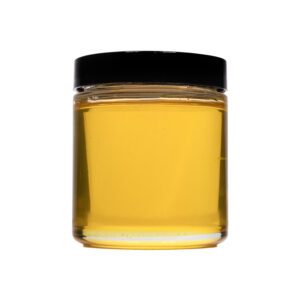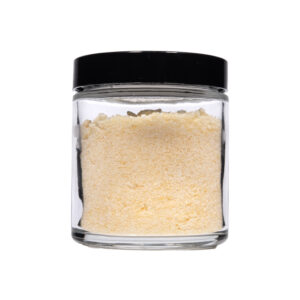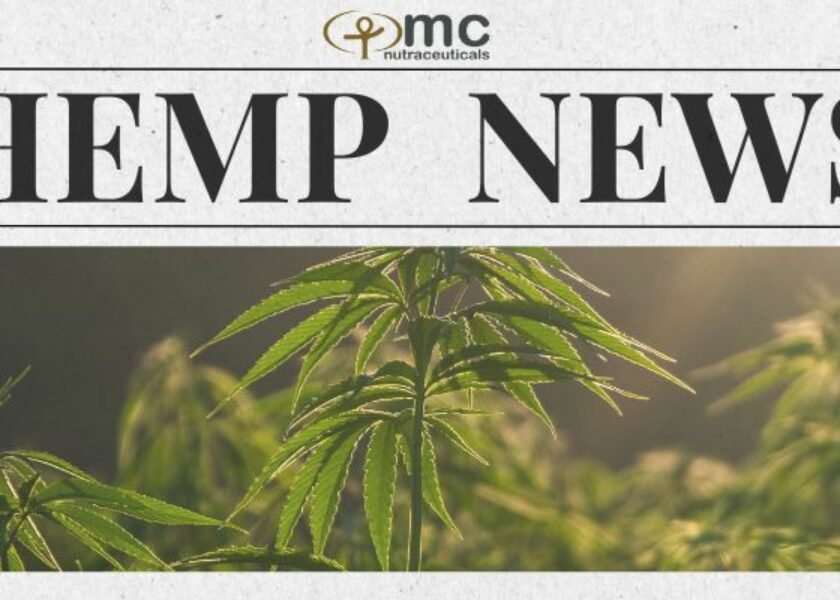Since its isolation by American chemist Roger Adams in 1940, CBD (cannabidiol) has evolved from a scientific curiosity to a household name. Dr. Raphael Mechoulam’s breakthroughs in the 1960s furthered our understanding of its structure and its interaction with the human body. Today, propelled by legislative changes like the 2018 Farm Bill in the United States, CBD has become widely accessible. CBD offers potential relief for various ailments from pain to anxiety. This article explores CBD’s origins, forms, legal status, effects, and where to find it, shedding light on its journey from laboratory discovery to mainstream wellness product.
What is CBD?
CBD, short for cannabidiol, represents one of the numerous chemical constituents present in the cannabis plant. Distinguished as a non-psychoactive substance, it diverges from inducing the euphoric sensations often linked with cannabis usage. Catering to a broader audience and heralding a fresh era of pain alleviation and tranquility, CBD emerges as a pivotal compound.
Derived from the flowers or leaves of the cannabis plant, CBD undergoes extraction through various methods. Notably, large-scale manufacturers employ techniques such as utilizing chemicals like carbon dioxide or ethanol to isolate CBD from the plant matter.
The History of CBD
CBD, first isolated from the marijuana plant in 1940 by American chemist Roger Adams, was a significant discovery in cannabinoid research. Adams, also credited with founding delta-8 THC, determined CBD’s non-intoxicating nature and distinguished it from tetrahydrocannabinol (THC). However, it was Dr. Raphael Mechoulam who delved deeper into CBD’s chemical structure. In 1963, Mechaulam’s lab identified CBD’s structure, which proved instrumental in understanding individual cannabinoids’ effects. Mechaulam’s contributions to organic chemistry and the study of human and plant biology led to the discovery of cannabinoid receptors in the human brain and the endocannabinoid system in the human body.
In the late 2000s, CBD awareness began to grow in the United Kingdom, fueled by increased product availability and consumer demand. The passage of the 2018 Farm Bill in the United States marked a significant shift in hemp-derived CBD’s legality. Signed on December 20, 2018, the Farm Bill removed hemp from the list of controlled substances, facilitating hemp cultivation and making CBD more accessible to consumers.
Forms of CBD
CBD can undergo diverse processing methods, resulting in various forms like CBD isolate, CBDa isolate, CBDp distillate, and CBDv isolate. The classification of CBD depends on its original form, typically starting with either an isolate or a distillate. Distillate-derived CBD encompasses the entire plant, retaining some vitamins and terpenes, whereas isolate-derived CBD is extracted to contain only pure CBD, leading to different levels of purity. The color of CBD can also be influenced by the oxidation process during production. CBD can be found in different forms for different usage. It can be found in the form of topicals, vapes, drinks, edibles. CBD commonly is associated with its blending capabilities and is frequently blended with THC or other cannabinoids to create different effects.
CBD Isolate
CBD isolate is a versatile product primarily designed for dabbing and various do-it-yourself formulations. With its concentrated form, CBD isolate can easily be integrated into tinctures, edibles, cartridges, and more right in the comfort of your home. Its purity and potency make it a preferred choice among those seeking customizable CBD experiences. Moreover, the crystalline structure of CBD isolate allows for precise dosing and consistent results across different formulations, making it a valuable ingredient in the world of CBD products.
CBDa Isolate
Derived from raw hemp plant material, CBDa Isolate stands out as the purest form of cannabidiolic acid, boasting a unique chemical composition. CBDa Isolate serves as a foundational ingredient in crafting an array of wellness products, ranging from soothing topicals to ingestible supplements. Its potency and versatility make it a sought-after choice among manufacturers and consumers alike, seeking natural solutions for their health and well-being.
CBDp Distillate
CBD-P, an underappreciated cannabinoid, presents a distinctive enhancement to the array of hemp-derived compounds. Its unique properties and potential benefits distinguish it from other cannabinoids, having seven-link side chains that affect how they bind to CB1 and CB2 receptors.
CBDv Isolate
CBDv, short for cannabidivarin, represents a less explored cannabinoid within the cannabis plant. Distinguished by its unique chemical structure and properties, CBDv offers a shorter chemical chain, presenting a distinctive and adaptable option for expanding extraction and product offerings in the market.
Legality of CBD
At the federal level, CBD derived from cannabis is classified as a Schedule 1 substance and is prohibited. However, CBD sourced from hemp, which contains less than 0.3% THC by dry weight, is not considered illegal. This type of CBD falls under the regulations outlined in the 2018 Farm Bill, which legalized the production of hemp and excluded hemp and hemp seeds from the DEA’s schedule of Controlled Substances. The Farm Bill stipulates that hemp must contain no more than 0.3 percent THC. Despite the legal framework provided by the Farm Bill for hemp-derived products, individual states retain the authority to enact their own regulations regarding CBD and hemp.
States that are fully legal for cbd include Alaska, Arizona, California, Colorado, Connecticut, District of Columbia, Illinois, Maine, Massachusetts, Michigan, Montana, Nevada, New Jersey, New York, Oregon, Vermont, Virginia, Washington
It’s important to note that regulations surrounding CBD are subject to change, and consumers should stay informed about the legal status in their respective states.
Effects and Uses
Consumers have reported positive experiences with CBD, highlighting its capacity to support the body’s general physical functions, relieve pain, and reduce the body’s response to injury or inflammation. CBD has also been suggested to aid in anxiety and sleep issues. Notably, CBD is non-psychoactive, meaning it doesn’t induce the “high” commonly associated with THC.
Consumers often turn to CBD for pain relief, opting for products such as creams. Similarly, they may choose CBD-infused gummies for relaxation. These are just a few examples of the various ways CBD products can be utilized. It’s worth noting that CBD is frequently combined with THC to create unique blends and sensations.
The duration of these effects and how long CBD can stay in your system can vary based on factors such as dosage, individual tolerance, and the method of consumption.
Where to Buy CBD
The CBD market is widely accessible, with numerous products available on online retailers in various forms. Companies like Mc Nutraceuticals offer a diverse range of cannabinoids for wholesale distribution. Our products page showcases CBD in its various compound forms. Additionally, recreational users can discover some of the best CBD mixes on Vivimu.
Conclusion
The journey of CBD from laboratory discovery to mainstream acceptance represents a remarkable intersection of science, legislation, and consumer demand. As research continues to unveil its potential benefits and applications, CBD will continue to play an increasingly significant role in the realms of health and wellness. With legal frameworks evolving and an expanding array of products hitting the market, consumers have more choices than ever before. As we move forward, it’s essential to stay informed about CBD’s effects, regulations, and sources, ensuring safe and informed usage for all who seek its potential benefits. To remain informed about these changes, subscribe to our newsletter.
